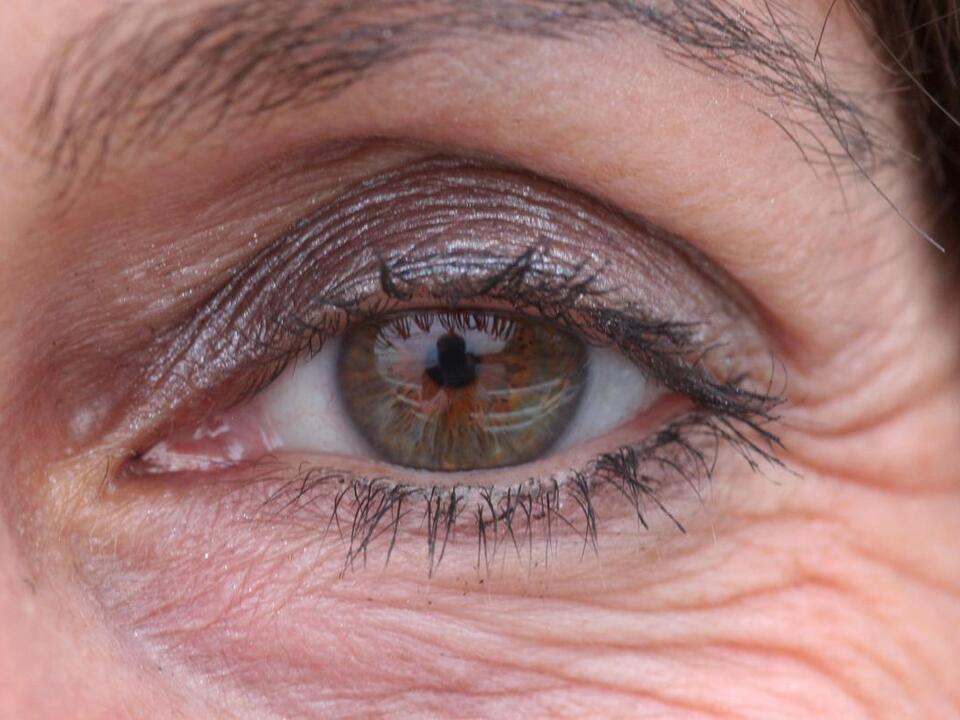Physical Address
304 North Cardinal St.
Dorchester Center, MA 02124
Physical Address
304 North Cardinal St.
Dorchester Center, MA 02124

Have you recently experienced a sudden emergence of wrinkles, persistent aches, or an overall feeling of aging overnight? Scientific research may provide clarity on this phenomenon. Findings suggest that aging is not merely a gradual experience but rather occurs in distinct bursts at certain stages of life.
A comprehensive study analyzed a range of molecules in individuals aged 25 to 75, uncovering two significant waves of age-related changes occurring around the ages of 44 and 60. These discoveries offer insights into the heightened prevalence of specific health issues, such as musculoskeletal disorders and cardiovascular disease, during these periods.
“We’re not just changing gradually over time. There are some really dramatic changes,” remarked Prof. Michael Snyder, a geneticist and director at the Center for Genomics and Personalized Medicine at Stanford University. He serves as the senior author of the study.
According to Snyder, “It turns out the mid-40s is a time of dramatic change, as is the early 60s – and that’s true no matter what class of molecules you look at.”
The research involved 108 participants who provided blood and stool samples, as well as swabs from their skin, oral cavities, and noses over a span of nearly seven years. In total, researchers examined 135,000 different molecules, including RNA, proteins, metabolites, and various microbes residing in the participants’ bodies.
The study revealed that the levels of most molecules and microbes did not change in a steady, chronological manner. Instead, when the researchers analyzed molecules that exhibited the most significant shifts, they found that these transitions predominantly occurred in the mid-40s and early 60s.
Initially, the notable increase in aging indicators in the mid-40s was thought to be linked to perimenopausal changes in women, potentially skewing results. However, further investigation showed that similar changes were also evident in men during their mid-40s.
“This suggests that while menopause or perimenopause may contribute to the changes observed in women in their mid-40s, there are likely other, more significant factors influencing these changes in both men and women,” explained Dr. Xiaotao Shen, a former postdoctoral scholar at Stanford and the study’s first author, currently with Nanyang Technological University in Singapore.
The initial wave of changes included molecules associated with cardiovascular diseases, as well as the body’s ability to metabolize caffeine, alcohol, and lipids. The subsequent wave involved molecules related to immune regulation, carbohydrate metabolism, and kidney functions. Additionally, molecules tied to skin and muscle aging were affected at both identified time points.
Previous studies have indicated a potential third spike in aging around age 78, but this current research could not investigate that, as the participants were not older than 75.
The observed pattern aligns with existing evidence that the risk of various age-related diseases does not rise steadily. For instance, the risks of Alzheimer’s and cardiovascular disease show significant increases after the age of 60.
It is also plausible that some observed changes may be linked to lifestyle or behavioral factors. For example, the modifications in alcohol metabolism might reflect an increase in consumption during the mid-40s, a time often riddled with stress.
The results of this study present opportunities for targeted interventions, such as promoting exercise during periods of rapid muscle loss, the authors noted. “I’m a big believer that we should try to adjust our lifestyles while we’re still healthy,” Snyder emphasized.
The research findings are published in the journal Nature Aging.
Source: Nature Aging



